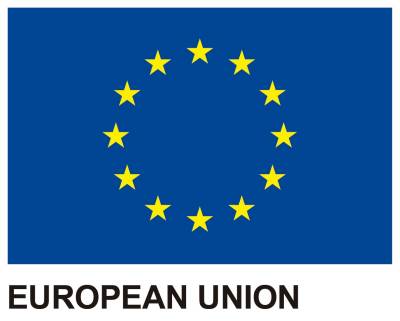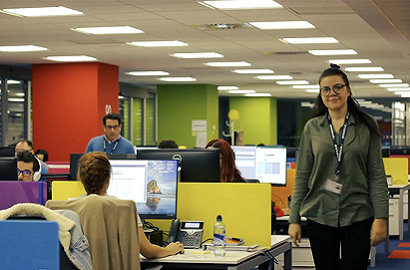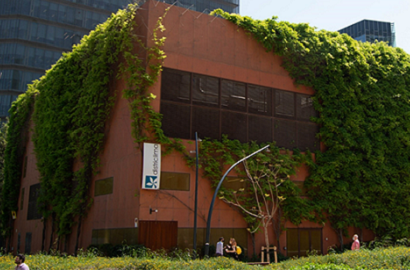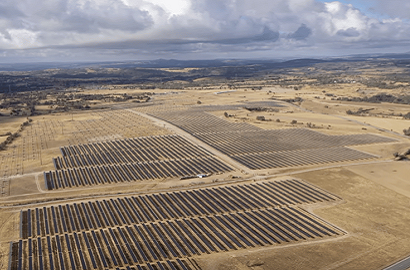Energy production begins on DemoSATH experimental platform
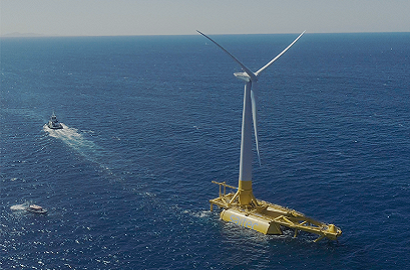
This is the first floating offshore wind turbine in Spain to be connected to the electricity grid
One month after being towed offshore from the port of Bilbao, the experimental platform powered by DemoSATH has been connected to the electricity grid. This is a milestone for the renewable energy sector, becoming Spain's first floating offshore wind turbine to be connected to the electrical grid.
DemoSATH's wind turbine is also the fifth in Europe to install a turbine of over one megawatt in the open sea using floating technology. It can generate up to two megawatts of renewable energy, is the first in Spain to introduce floating offshore wind technology into the energy mix, and is also the third concrete-based technology to reach this level of development.
Technology partners
Supporting DemoSATH is Saitec Offshore Technologies, a spin-off of the Spanish company Saitec Engineering, which is responsible for designing the SATH technology and developing the project. The involvement of two technology partners has been crucial: the German company RWE Offshore Wind has contributed its experience in the floating offshore wind sector, and the Japanese company Kepco (Kansai Electric Power) has offered its experience in the energy field.
Since the first half of August, the DemoSATH platform has been located two miles off the Basque coast. After anchoring, the existing static cable on the seabed was connected to the dynamic motion-absorbing cable and the link to the platform's bow turret was successfully completed. It is this connection that allows the electricity generated to be distributed to the grid via the BiMEP substation.
Interaction with the marine ecosystem
Over the next two years, the platform will collect data that will be used to analyse how the SATH technology is performing. The systems installed on the platform will also be monitored to gain an understanding of their interaction with the marine ecosystem into which they are integrated.
Tools to analyse their environmental impact will make it possible to identify birds and bats, as well as monitoring the biodiversity of marine ecosystems, from crustaceans and other invertebrate communities to fish and cetaceans. Information on the behaviour of groups and species around the floating offshore turbine will be very important.
Real-world experiences
Saitec Offshore Technologies’ Director of Operations, David Carrascosa, said, “The start of energy generation from DemoSATH marks the culmination of the project. We are proud of the work we have done and of being pioneers in Spain in terms of providing renewable energy using a floating wind turbine. This will be our testing ground to gain knowledge based on real-world experience and apply it to future larger-scale projects.”
RWE Offshore Wind CEO Sven Utermöhlen celebrated “another milestone on our way to unlocking the great potential of floating wind power globally, especially in countries with deeper coastal waters.” He explained that their participation in this project “allows us to gain early experience for our future developments on a commercial scale. This unique concrete-based platform and single-point mooring design further expand our knowledge of innovative floating wind concepts.”
Pioneering project
According to Kazumi Ogura, Kepco's Executive Officer and Deputy Director of the Renewable Energy Division, “It is a great honour to reach this important milestone as a participant in this pioneering project. We would like to express our deep gratitude to the local community and numerous stakeholders for their cooperation and understanding. We hope to apply the lessons learned from this project to work towards achieving a carbon-free society."
The organizations that have supported this project include the Institute for Energy Diversification and Saving (IDAE), the Centre for the Development of Industrial Technology (CDTI), the Basque Business Development Agency (SPRI), BEAZ and the Basque Energy Agency (EVE).
Photo: DemoSATH

